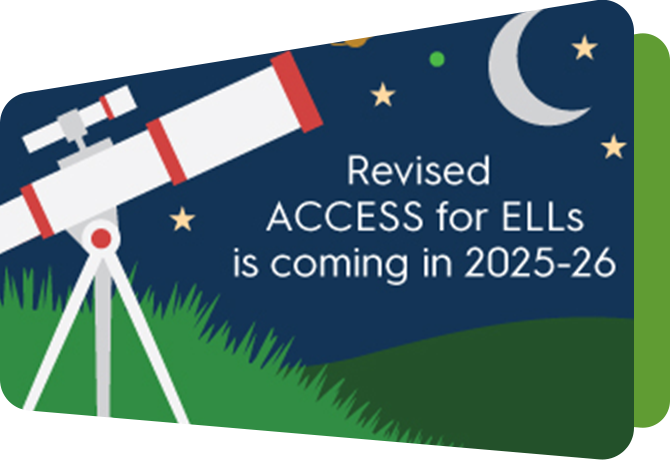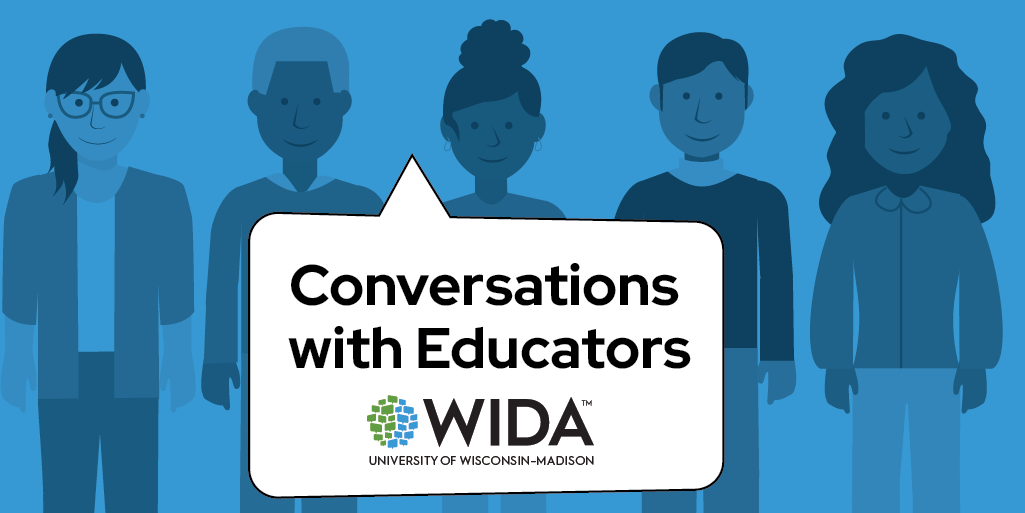Using interim assessment data to address the lingering impact of the pandemic on multilingual learners

Recent studies and reports indicate that K-12 students classified as English learners (ELs) may have been particularly affected by the educational disruptions caused by the COVID-19 pandemic. A recent report published by WIDA researchers Glenn Poole and Narek Sahakyan reveals that proficiency scores for ELs have continued to decline in the years following the pandemic.
According to Poole and Sahakyan, “If students do not receive the supports they need to reach reclassification-level proficiency, many more are likely to receive the ‘long-term’ label, which — in addition to further stigmatizing students identified as ELs — has implications for school and district accountability. Delayed language proficiency or reclassification may also contribute to additional barriers that many English learners face in accessing advanced coursework and academic milestones important for college and career readiness.”
But where should schools and districts begin? Interim assessments like WIDA MODEL can be used to gain real-time insight into multilingual students’ learning needs. By using this on-demand progress monitoring assessment, educators can adjust instructional support accordingly.
Identify the immediate learning needs of multilingual learners
To address the immediate learning needs of multilingual learners, educators will first need to identify those needs. WIDA MODEL is a flexible, on-demand interim language proficiency assessment that can be administered any time during the school year, depending on the needs of the student, school or district. As part of the WIDA assessment system, WIDA MODEL is based on sound language development theory consistent with the WIDA ELD Standards Framework, and thus, it is directly related to other WIDA assessments — including WIDA Screener and ACCESS for ELLs. However, educators do not need to be members of the WIDA Consortium to use WIDA MODEL.
Inform targeted instructional planning in real time and measure progress
WIDA MODEL provides educators with immediate English language proficiency (ELP) level scores in the four language domains of Listening, Reading, Speaking and Writing. These scores support educators in identifying the immediate learning needs of multilingual learners and informing targeted instructional planning in real time. As the academic year continues, a second administration of WIDA MODEL will provide updated ELP scores that can be used to measure language proficiency progress and inform additional fine-tuning of instruction. Plus, WIDA MODEL scores can be used to predict student performance on ACCESS for ELLs.
"[WIDA MODEL] gives us a quick and reliable snapshot of [students’] language needs so we can organize appropriate services and support."
- EL Teacher, Wisconsin
Engage parents and families of multilingual learners
It’s clear that engaging with families of multilingual learners through effective communication in their home language is an important contributor to their academic success. Regularly sharing progress reports with parents of multilingual students is a key part of that. WIDA MODEL Online allows educators to share Individual Student Reports with parents and families in 11 different languages. This gives families the opportunity to better understand their student’s linguistic abilities, actively engage in their education and advocate on their behalf.
Visit the WIDA Store, request an overview demo or email Suzanne Johar to learn more about using WIDA MODEL to address the immediate learning needs of multilingual learners in your school or district.
This article is an updated version of an article that was originally published July 7, 2021.





